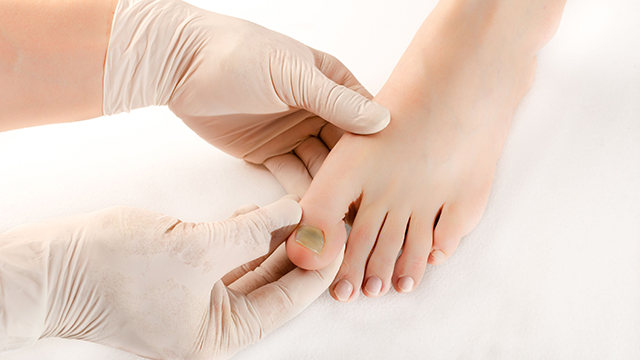Athlete’s foot is a common type of skin infection and usually occurs between the toes, on the soles of the feet or on the toenails. The condition is caused by fungi called dermatophytes and thrives in moist, warm environments. Athlete’s foot is characterized by symptoms such as itching, redness, scaling and bad odor, and can spread if left untreated. So, how does athlete’s foot develop and how is it treated?
The main factor in the formation of athlete’s foot is humid and warm environments. These fungi are usually found in places such as swimming pools, gyms, saunas and common shower areas. Leaving your feet bare in these environments can increase the risk of the fungus spreading. Narrow and synthetic shoes can also promote the development of athlete’s foot, as these types of shoes can cause feet to sweat and create a moist environment.
Athlete’s foot usually presents with symptoms such as itching, burning, redness and flaky skin. There may also be a bad odor on the feet due to fungal infection. Left untreated, a fungal infection can spread and cause serious discomfort.
Treatment of athlete’s foot is possible with various methods. These include topical medications, antifungal creams, sprays and foot baths. Once a fungal infection has been diagnosed, an appropriate treatment plan is usually prescribed by a dermatologist or podiatrist.
Topical treatments include creams and lotions that directly affect the fungal infection. These medications are usually applied several times a day and can be used for several weeks or longer, depending on the severity of the infection.
Antifungal sprays can be applied inside shoes or on the soles of the feet and can help prevent the fungus from spreading. These sprays can help to clean the environment where the fungus is present and prevent the infection from recurring.
Natural methods can also be used to treat athlete’s foot. For example, some natural ingredients used for foot baths can relieve the symptoms of a fungal infection and speed up healing. Ingredients such as garlic, tea tree oil, apple cider vinegar and Epsom salt can be recommended for use in foot baths.
However, serious fungal infections may require professional medical intervention. In this case, doctors may recommend oral antifungal medications or other medical procedures. Fungal infections, especially those affecting the toenails, may require long-term treatment and may take time for the nails to grow back.
In conclusion, athlete’s foot is a common skin infection and thrives in moist, warm environments. Left untreated, it can cause serious discomfort, but with proper treatment, recovery is possible.



